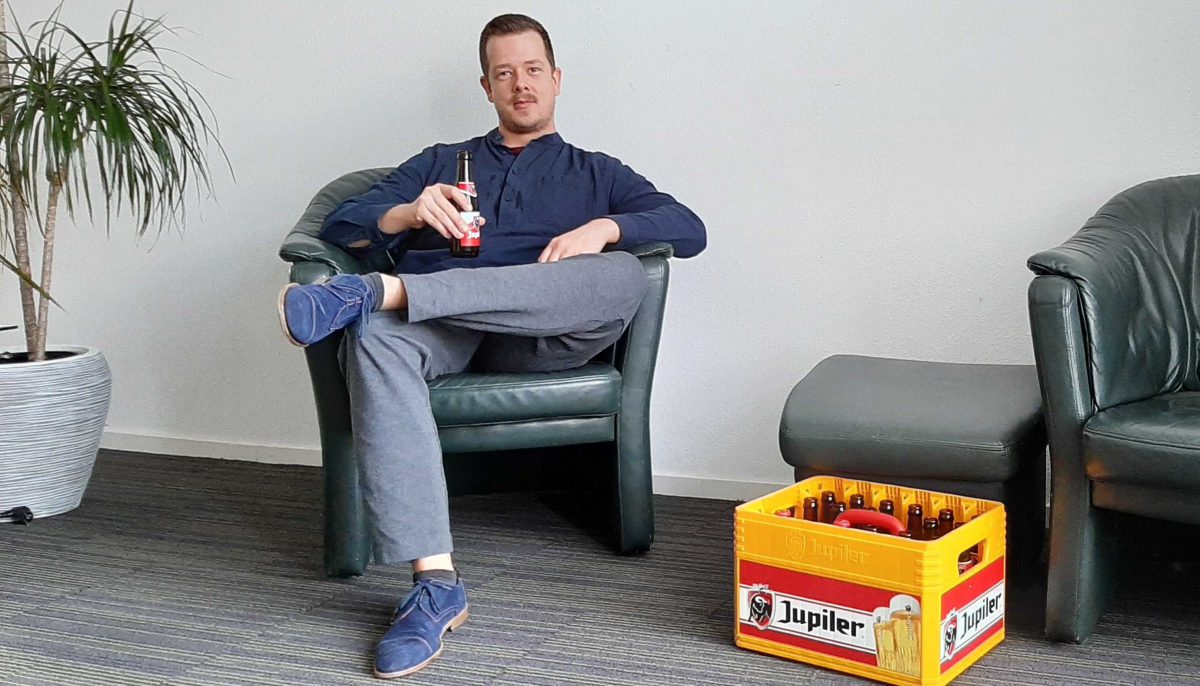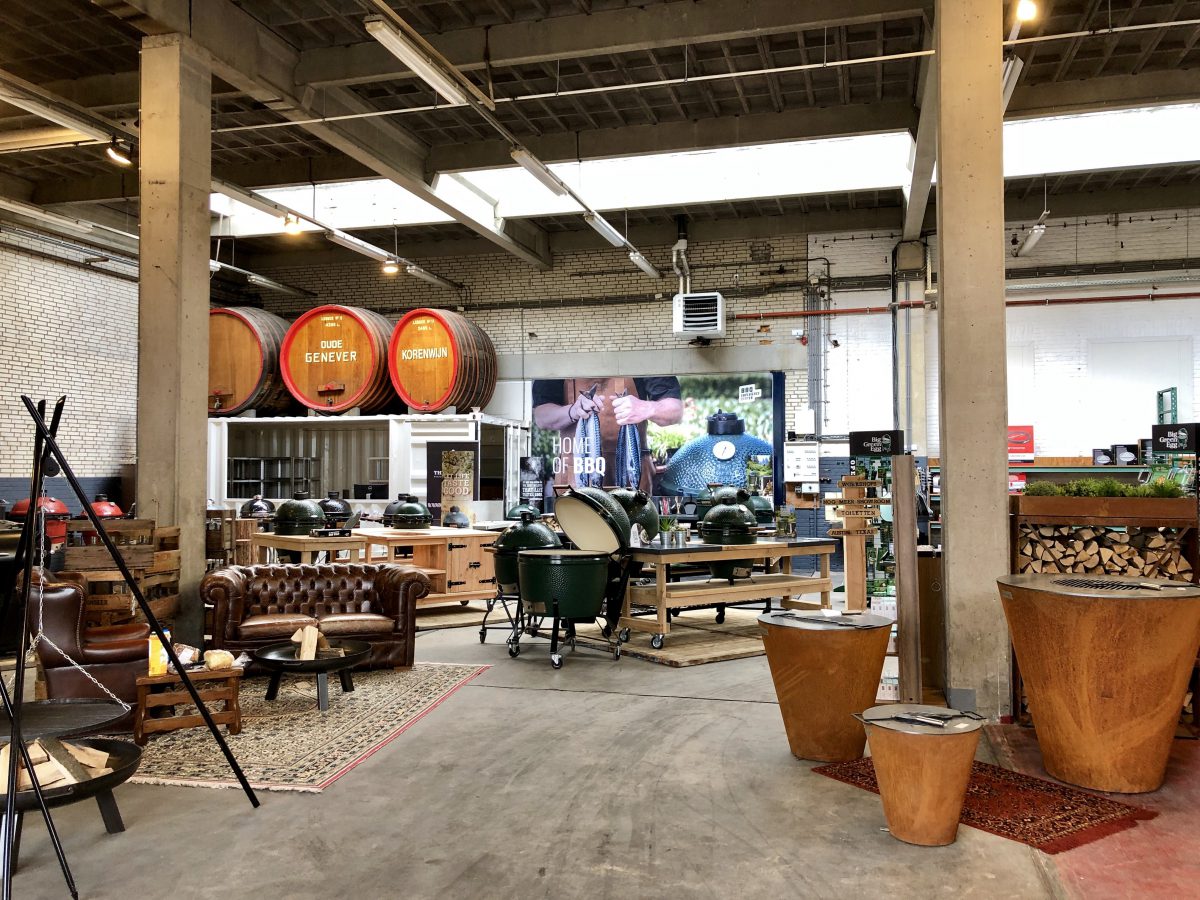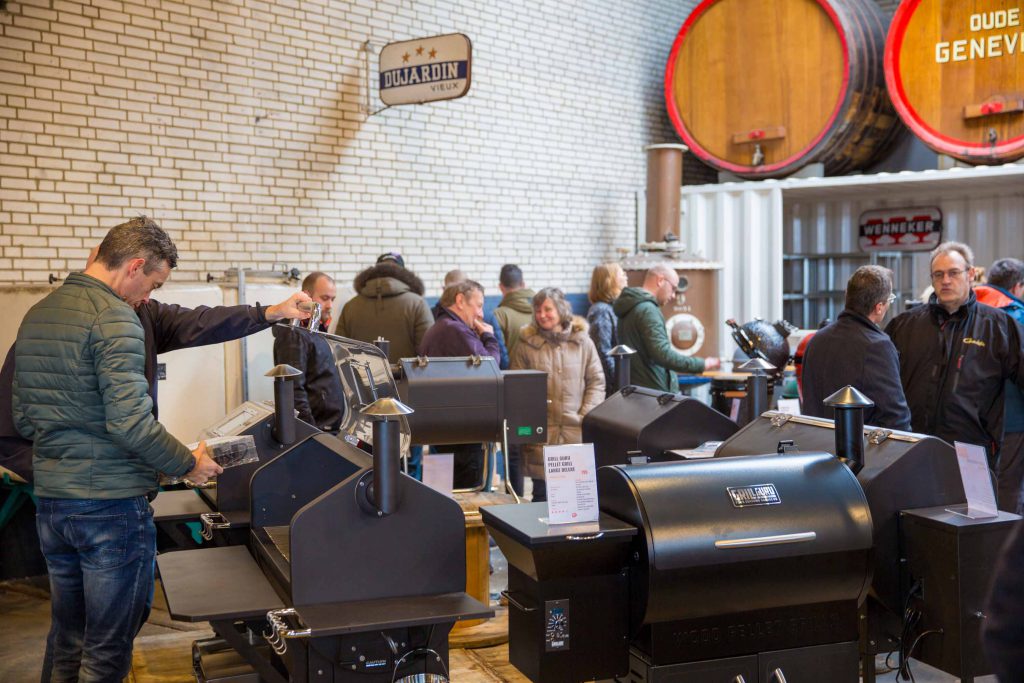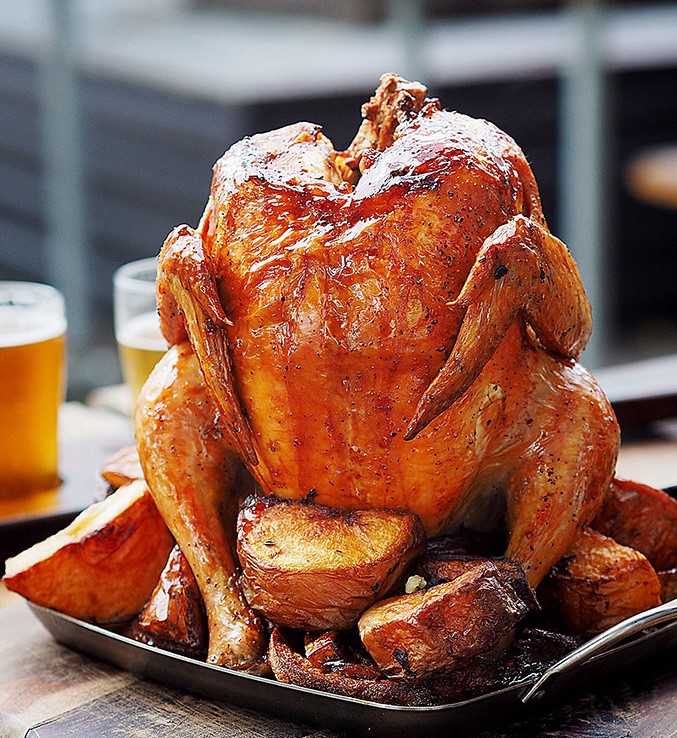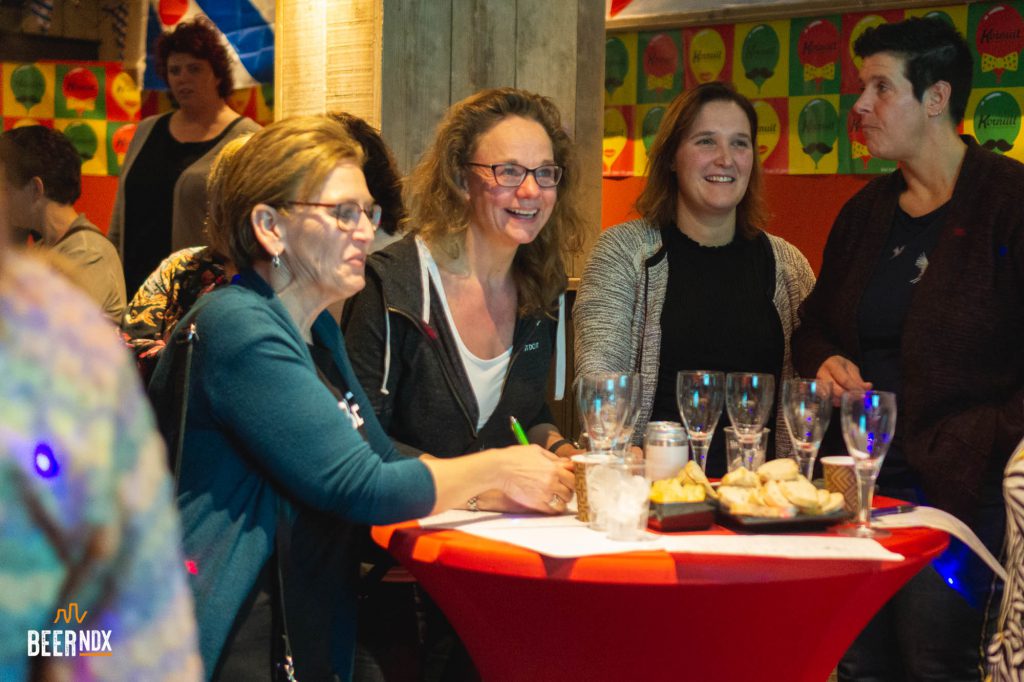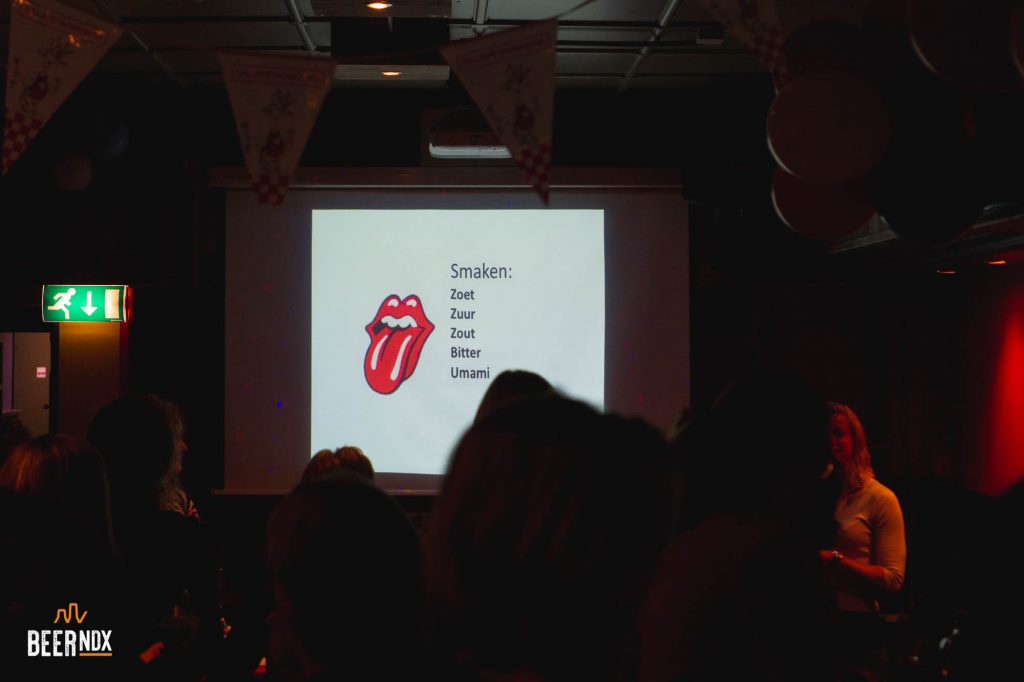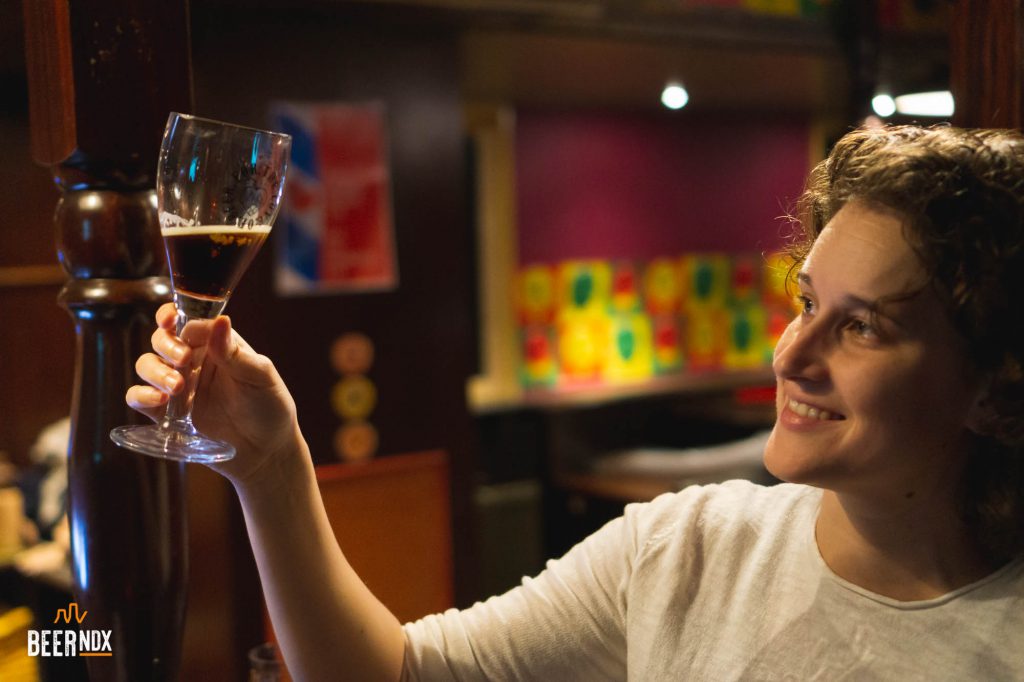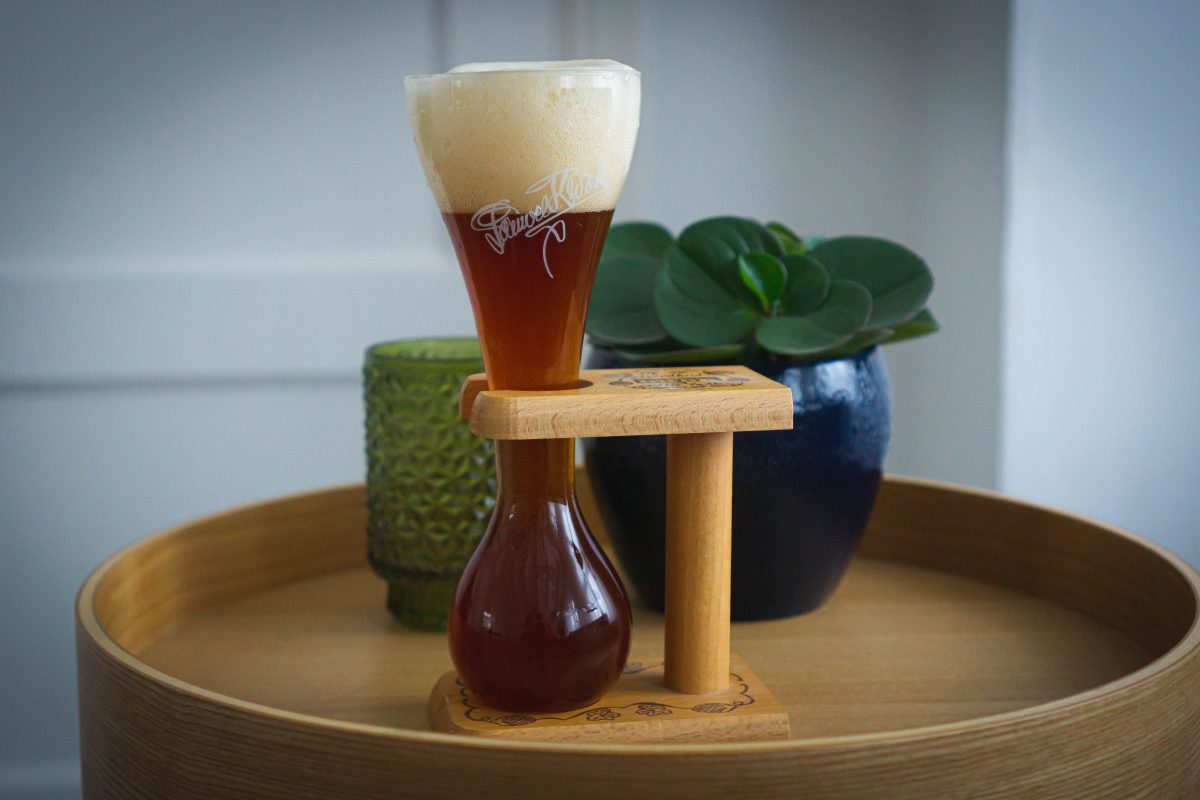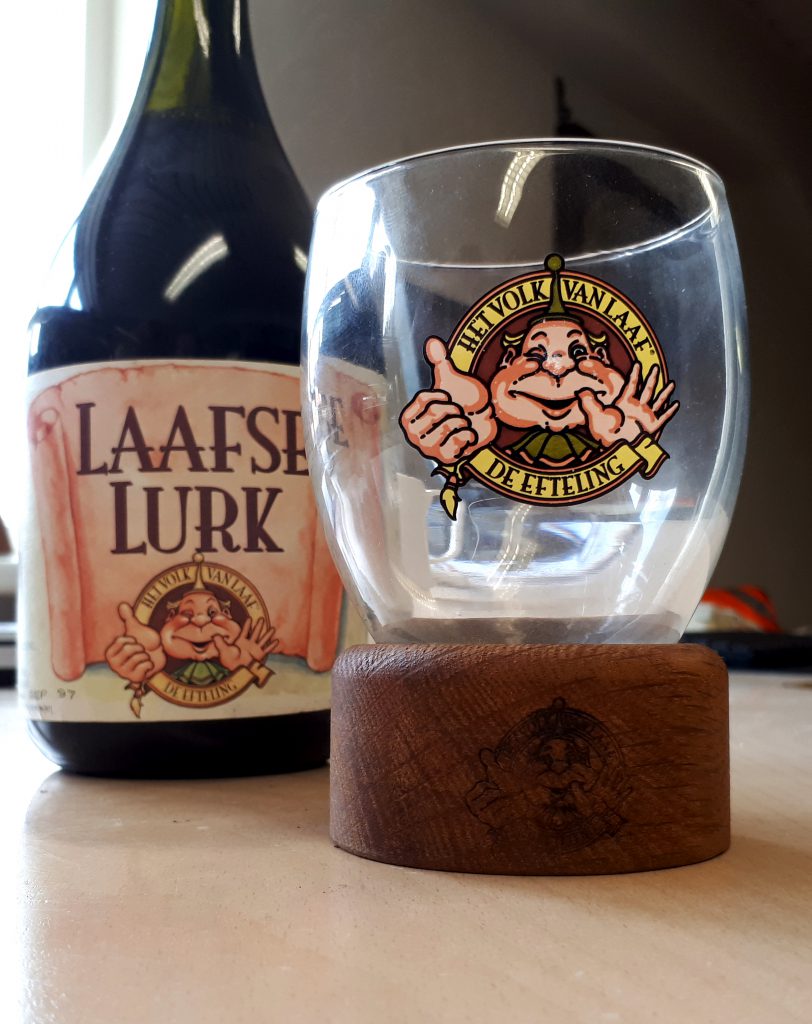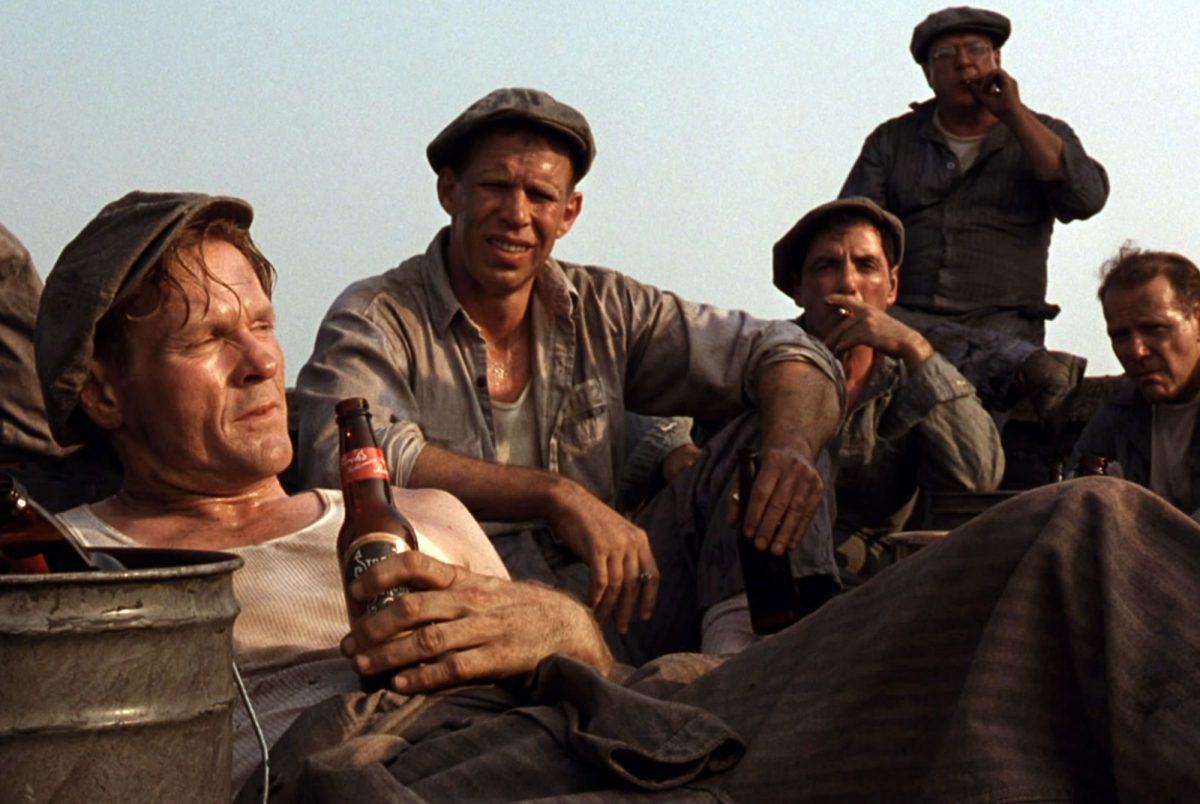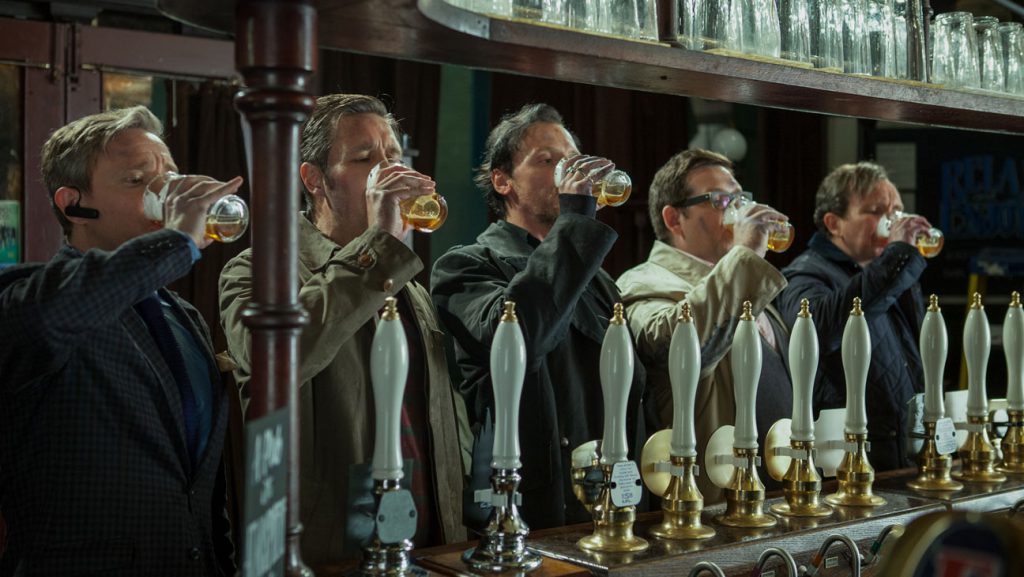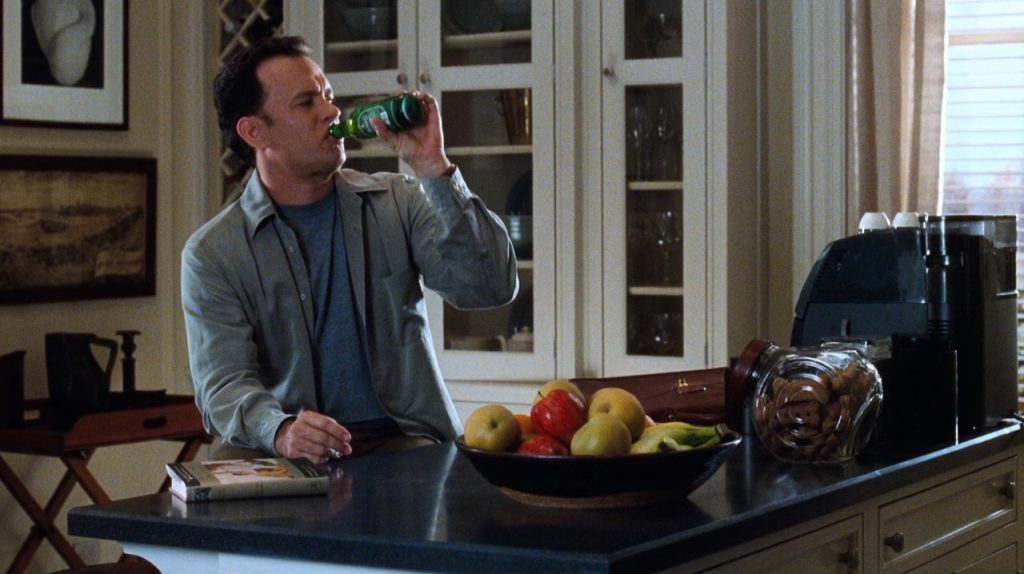A job application came in from Rob. Can I do an internship at BeerNDX? During the introductory meeting, we obviously could not ignore the question: “Do you drink beer? “Yes, preferably Amstel.” Do you also drink different beers? Our second question was. Yes, Jupiler. Since we had an excellent conversation with Rob, he began his internship at BeerNDX, provided he had to discover more of the beer world. So there was a beautiful Saturday in early March where Rob went to discover the (matured) beers of Hertog Jan, and what better place to taste these beers, then at the Bourgondische Bierkelder (Burgundian Beer Cellar).
On a beautiful sunny Saturday, Rob and our photographer entered the food halls in Breda. Crossing the food halls we came to a door that would lead us to the Burgundian Beer Cellar. The first thing you see as you walk down the creaky steps are candles on empty beer bottles and especially lots of full bottles of beers of all shapes and sizes. Inquiry with Bas shows that he now has a total of around 9000, mainly 75cl, bottles in Breda and Megen.
Today Rob joins the matured Hertog Jan tasting, with the following beers: The Hertog Jan Double from 2015 and 2019, the Hertog Jan Triple from 2015 and 2019. The Hertog Jan Grand Prestige from 2019, 2015, 2010 and to top it all off a ‘Hertog Jan Ongekend # 2’ from 2014.
It can only be called ‘Burgundian’ if the tasty beers would be accompanied by some tasty food, and so during the tasting, several tasty things passed by. Including ‘bitterballen’ (look it up!) made from Zealandish bacon.
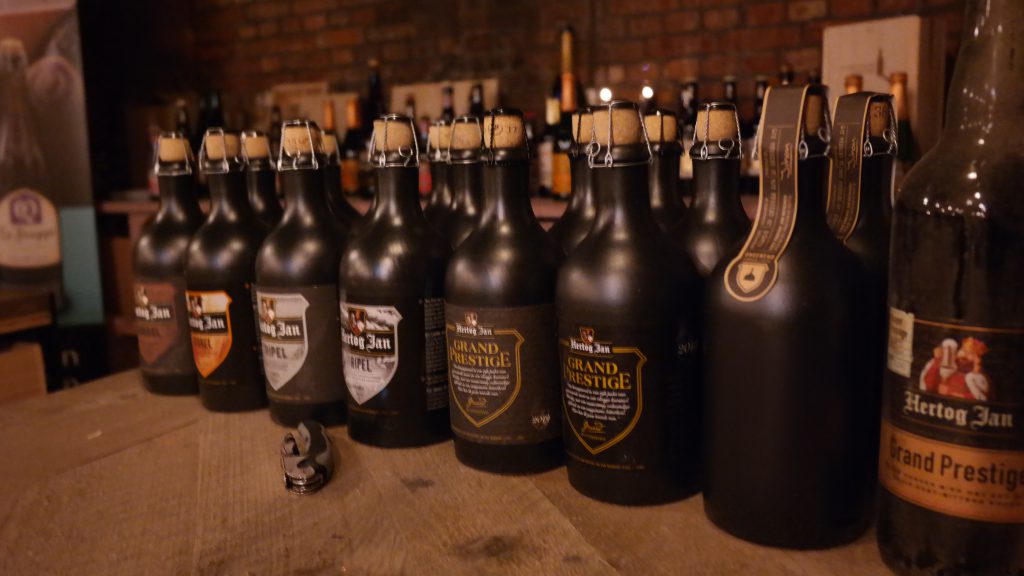
Rob listens to Bas’s story with full attention. We start with a Hertog Jan Double from 2019 and he gets a leaf on which he can take notes. Fermentation? Aftertaste? Suddenly Rob looked as if he was reading Chinese, but with some explanation from Bas Schampers he did pretty good. In addition to the Double from 2019, a glass from 2015 was poured. Rob immediately started to take a big sip, but he saw the rest smelling the beer first, so he did as well. When asked what he smelled, he said: “The 2015 beer smells different from the 2019 beer, but I have no clue what I’m smelling. ”I do taste that the beer from 2015 is a bit more sweet, while the beer from 2019 has a more bitter taste”. It appears that the 2015 double has very little carbonation, Rob adds. Bas explains that the carbonation disappears from the beer over time, but that it also matters out of what bottle the beer is poured. The neck of the jug ensures that more air can enter, so that the carbonation disappears faster. “Learned something new” said Rob, who is passionately writing along.
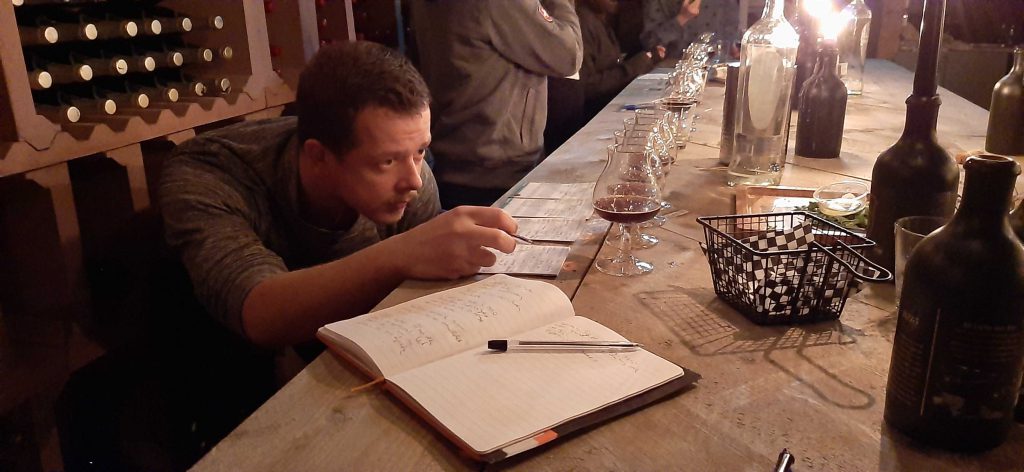
In the meantime, plates with mozzarella, Serrano ham, fuet sausages and much more are brought to the table. Time for the Hertog Jan Tripel from 2015 and 2019. First, Bas explains that this type of beer is generally not very suitable for maturing, but that it is interesting to try as an experiment.
Rob likes the Tripel from 2019 a lot. He starts to learn how to taste and describes the aroma as spicy. The taste he finds pleasantly bitter along with some spices. He says somewhat proudly, “I find the taste of this beer complex”.
The 2015 Tripel is immediately a lot less complex. The bitterness has almost disappeared, in terms of taste it becomes a bit more intense, but that is mainly because it has become a lot sweeter. Apparently not everything gets better with age.
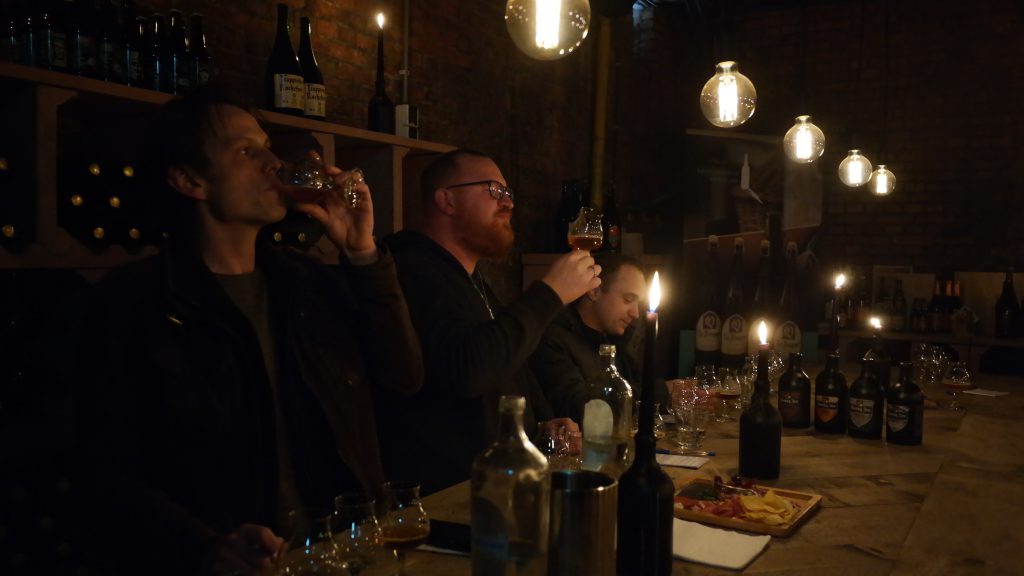
It seems to be time for the final, the Grand Prestige.
But first, a plate full of all kinds of Syrian delicacies arrives. Since Rob’s head was still full of newly acquired beer knowledge, he was unable to remember the names, but it certainly was tasty.
Time for Rob, who until 4 hours ago would still see the Grand Prestige as a dark beer, to taste the holy grail of Hertog Jan. “This sight doesn’t immediately make me thirsty, it is really dark beer man.” While he then tries – as an accomplished taster – to find out which scents he can discover, the terms of the other tasters fly around in the cellar. “I smell raisins.” “Clear notes of liquorice and chocolate” the other shouts. Rob seems to summarize it all and notes “Sweet” with determination.
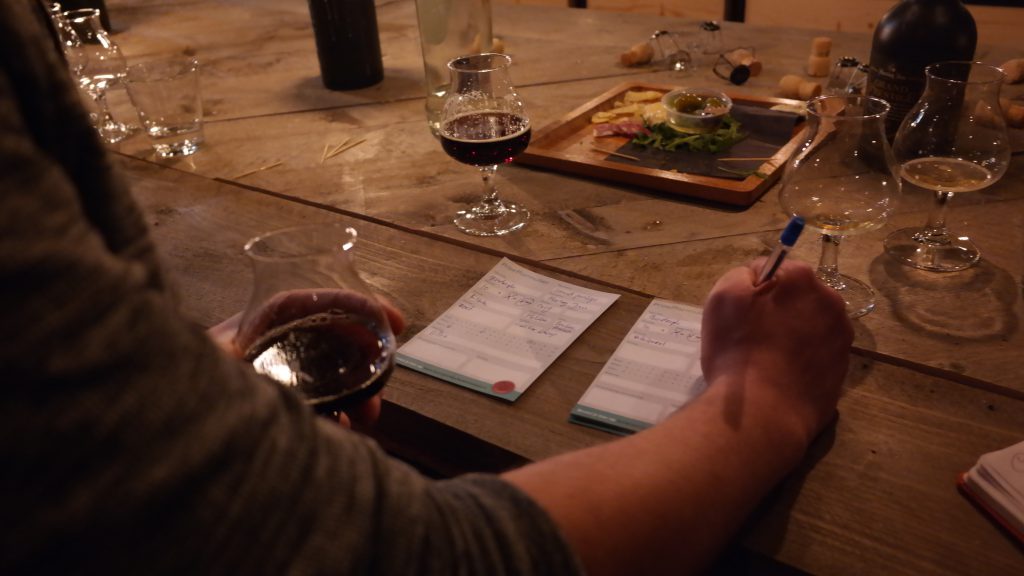
The 2015 is then poured and many of the tasters in the hall are a bit disappointed. The carbonation has largely disappeared, but not much has changed in taste. Rob looks at me questioningly and says: “I don’t taste any difference at all, maybe a little less bitter ?!”.
When Bas pours the 2010, the smiles return to the faces, the intensity in the beer has increased enormously. The beer has become fuller, sweeter and at the same time very pleasant. “I do taste a big difference here,” he says, while he expertly writes on his testform: “Sweeter”.
While the ‘bitterballen’ from Zealandish bacon are served (seriously tasty!) Bas serves us the closing, the ‘Hertog Jan Ongekend # 2’.
It is a Grand Prestige that has been in a fermentation tank for a full year (!) Before it was bottled, that promises something. The year of fermentation has ensured that this Grand Prestige has become 10.5%. Looking at Rob’s tasting note, it quickly becomes clear what that extra year has done. “Sweet, licorice and spicy” is written on it.
The afternoon of tasting is over and we climb out of the cellar. When asked what he thought of it, he replied: “Heavy afternoon dude, did not know that there could be so much taste in beer. Particularly liked the Double, Triple and the food. I also got thirsty, so time to look for a bar to drink some beer.
